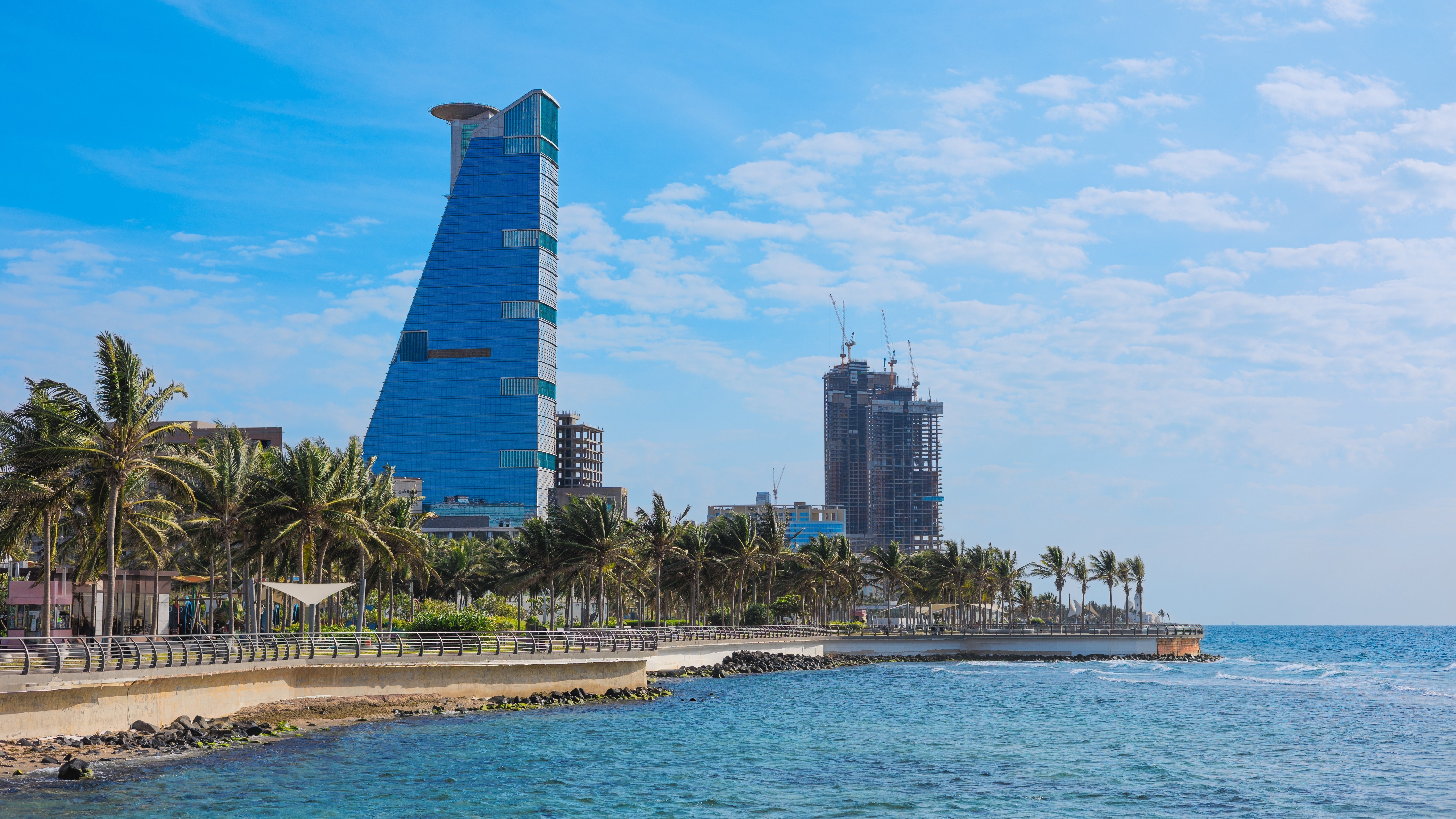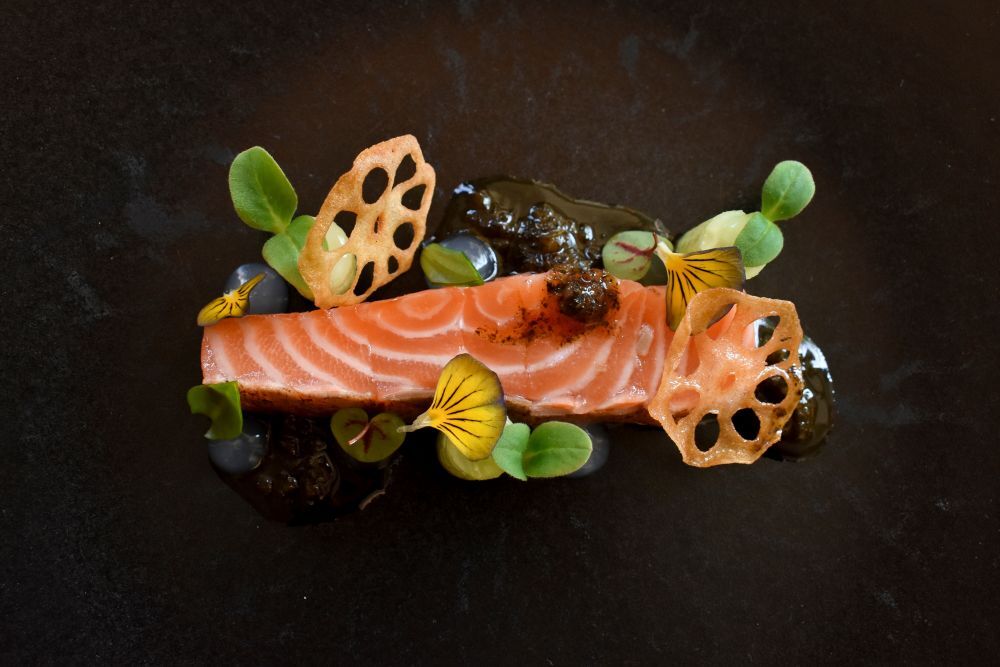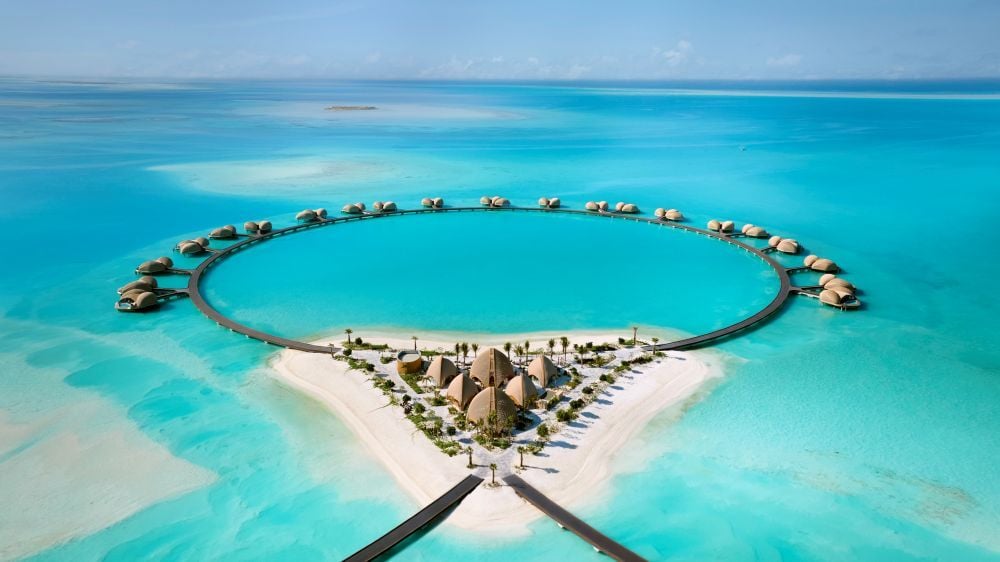Amaala Triple Bay Marina Yacht Club
Saudi Arabia’s tourism megaproject - or gigaproject, as it’s often hailed - on the Red Sea archipelago is gradually shaping up to be one of the world’s foremost leisure destinations. Shura Island, situated 25 minutes from the coastline, is its main hub and where the first wave of Red Sea residences is being built. Another key component of the project is Amaala, a wellness destination that sits nestled between the sea and the Hijaz Mountains.
What makes Amaala so unique is its coastline, named Triple Bay due to its distinctive scalloped shape. This is one of four individual masterplans within the larger Amaala destination and will be the setting for 11 prestigious residential communities. Wellness is the main draw, embodied by resorts from brands such as Clinique La Prairie and Jayasom. Residents can also discover an entire world of marine activities at the Amaala Yacht Club, nestled on one end of the bay. The yacht club is scheduled to open by December 2025, with the final phase expected to be ready by mid-2027.
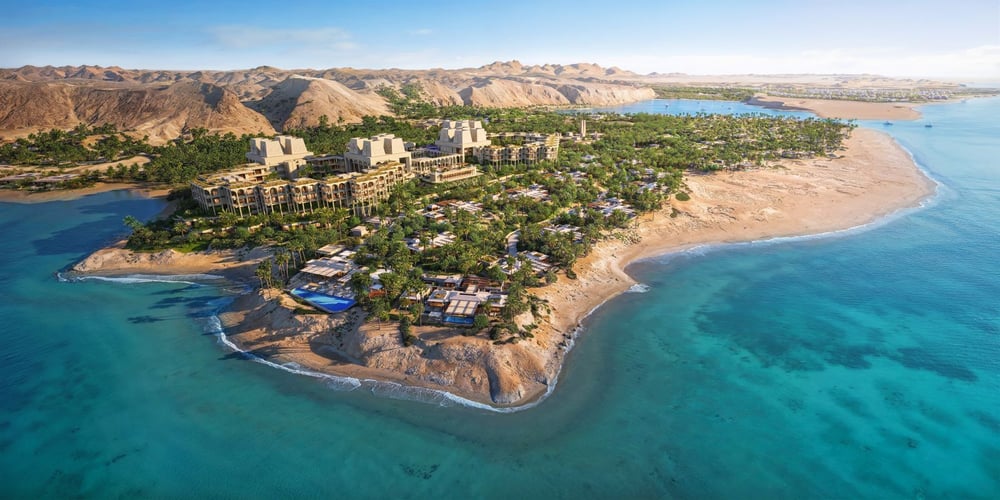
An Emerging Riviera
The Red Sea is being positioned as a new coastal haven for upscale living and leisure, comparable to island locales such as the Maldives or the Seychelles. To put it more accurately, it is something of a new Riviera with grand aims to reshape the global perception of the Middle East. However, such comparisons don’t really do it justice - the Red Sea has no true comparison, according to those who have visited its currently operating resorts and spent some time in its shimmering turquoise waters. Its climate is extremely pleasant for 10 months out of the year and the natural landscape is uniquely breathtaking.
One of the grandest ambitions of the Red Sea’s development is to transform Saudi Arabia into a regional centre for yachting culture, making it a true year-round tourist attraction. And the linchpin of that ambition is the Amaala Yacht Club set along the picturesque Triple Bay, which will provide all the necessary infrastructure needed for a premium yachting experience upon completion. The club’s marina offers 116 berths capable of housing superyachts in the range of 120 to 140 metres in length with a depth of 8 metres. Full support will be available for yacht owners, with on-site servicing. Facilities for managing entry clearance are also in the pipeline, ensuring a smooth journey for international travellers.
No less than a resort in its own right, the club will also have an extensive range of services and facilities for guests. Bars and restaurants, retail facilities, business suites and more will be crowned by a rooftop pool deck looking out over seafront panoramas. While visitors are encouraged to discover the full range of Amaala’s offerings, the yacht club will be a complete destination in itself.
Designed As a Reflection of the Sea
The core of the Red Sea project is built on sustainability and environmental responsibility. Master architects Foster + Partners have brought that into their approach for every hotel and residence being built across the archipelago. And that baton was ably picked up by HKS Architects, who were tasked with designing the Amaala Triple Bay Yacht Club. Robert Bird Group partnered on the project as engineering consultants, minimising the use of concrete in the structure’s longer floors. Where concrete has been used, a more carbon-efficient mix has been considered. RBG has also implemented ways to reduce overall wastage.
The main visual concept for the yacht club is ‘land meets sea’, which results in a flowing silhouette that mirrors undulating waves, with cantilevered terraces forming sinuous curves evocative of the region’s seaside cliffs. Traditional Arabian homes were another unexpected design inspiration, with clean white exteriors contrasting interiors richly finished in stone, timber and leather.
The club spans four levels, including a basement that is primarily for servicing and utilities. The ground floor is where guests will be welcomed and have the opportunity to socialise. A Venetian-style staircase sweeps upward from here, leading to the dining venues and recreational spaces on the upper floors and the grand pool deck surrounded by open sea views.
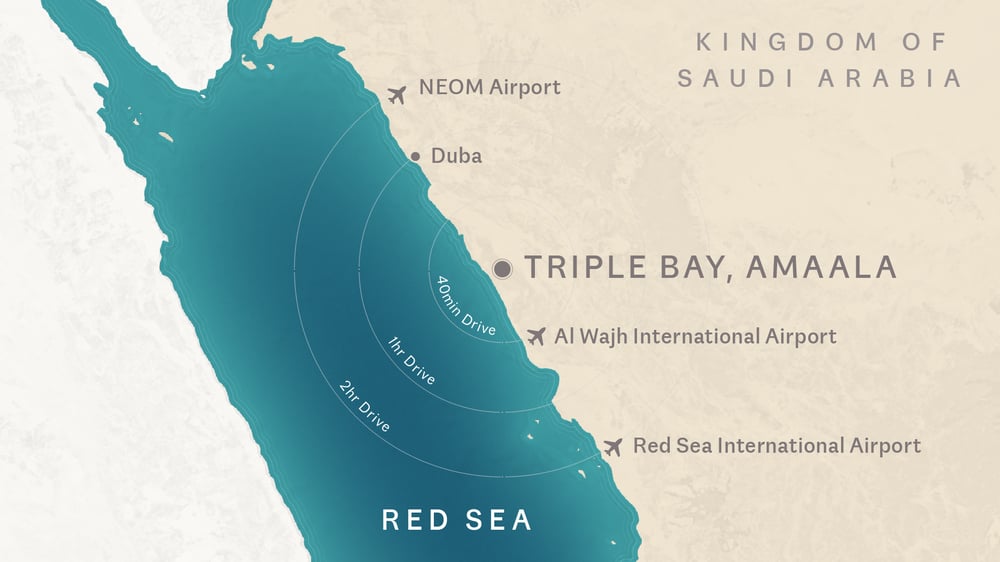
The Heart of Gulf Yachting Culture
Leisure is just one component of what Amaala Yacht Club has to offer. It is intended to be the nerve centre for yacht culture in Saudi Arabia, transforming the Kingdom into a future maritime hub.
The vision for Amaala Yacht Club is being guided by Adrian Peet, who took over as General Manager of the club in March 2025. An events professional with an extensive background in marine services and over six years in Saudi Arabia, Peet was responsible for launching the Jeddah Yacht Club and Marina, and has been an instrumental figure in developing Saudi yachting culture. His current role allows him to bring unprecedented international attention to Amaala and to shape the future of yachting on the Red Sea. It is his hope to one day have visitors mentioning Amaala in the same breath as a destination like Monaco.
Central to his plans for the club is the establishment of a sailing academy that will train a new generation of sailors and will lay the foundation for Saudi Arabia to become a player on the international competitive yachting scene.
The Race to Amaala
Amaala Yacht Club is expected to be fully operational by early 2027, in time for the 15th edition of The Ocean Race. A blend of adventure and endurance, The Ocean Race is held every three or four years and has brought some of the world’s most skilled sailors together since 1973. The original races departed from England, but since 2008 the Spanish port of Alicante has become the preferred starting point, with an itinerary spanning 9 or 10 international ports.
The latest edition of the race is scheduled for January 2027, when sailors will set off from Alicante and follow a route that is expected to conclude in Amaala over the summer. Not only will this be a suitably grand finish to the race, it will also help cement the Red Sea’s reputation as the future of maritime culture in the Middle East.

